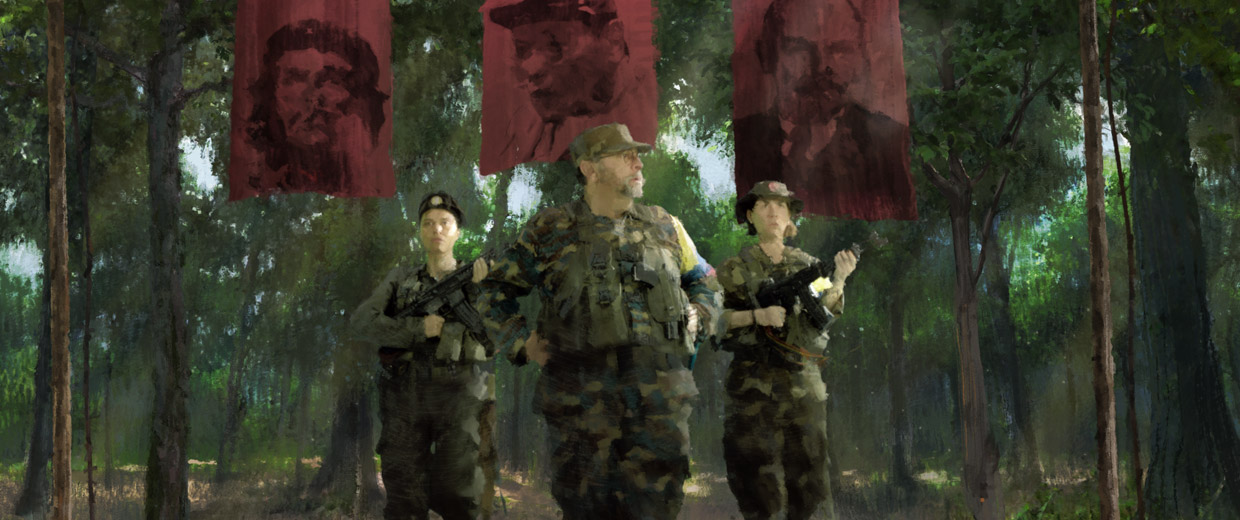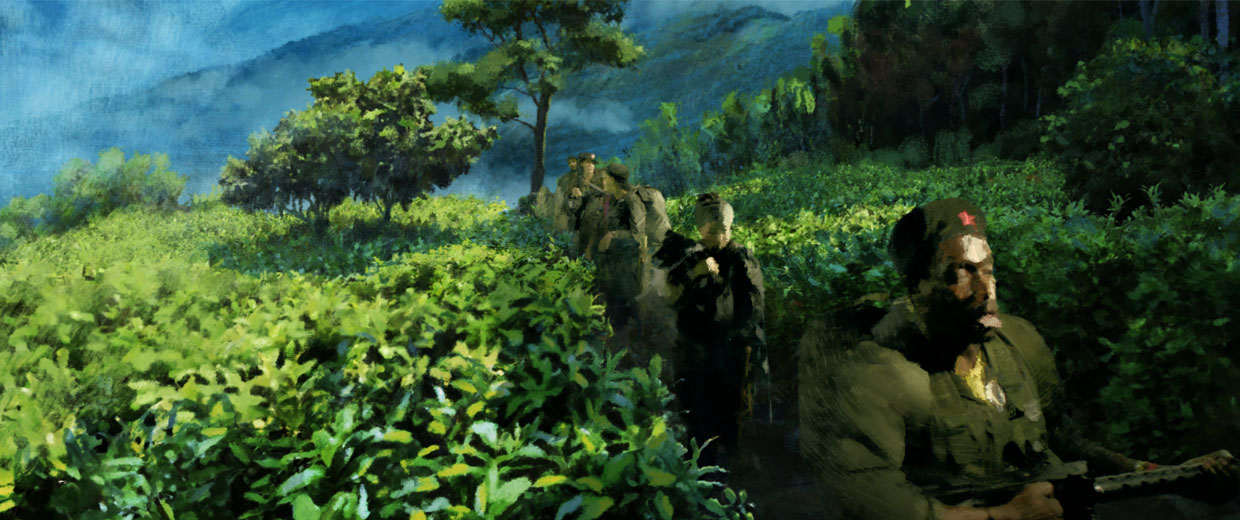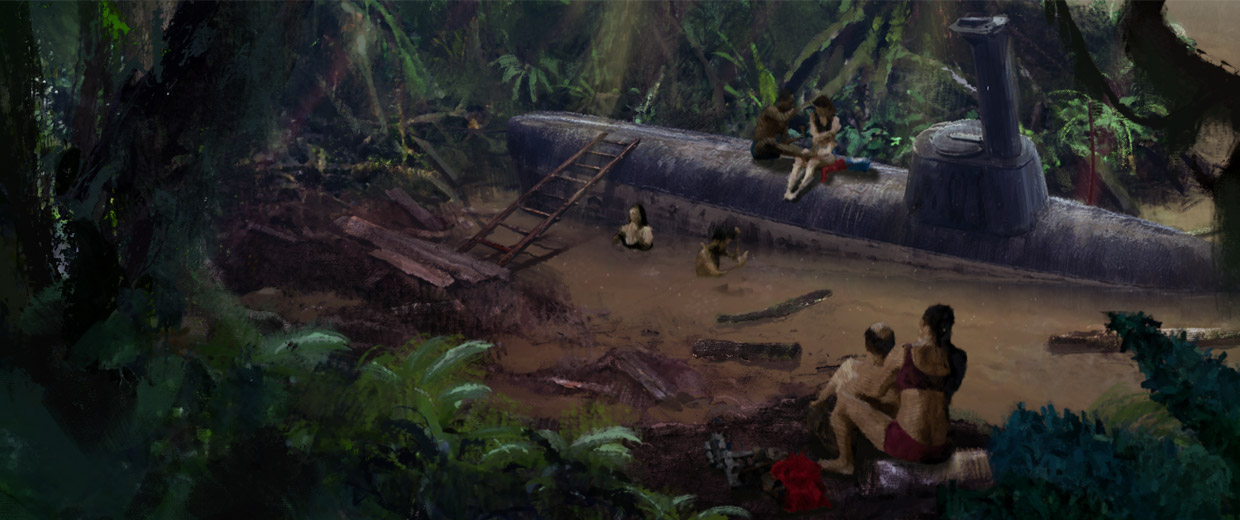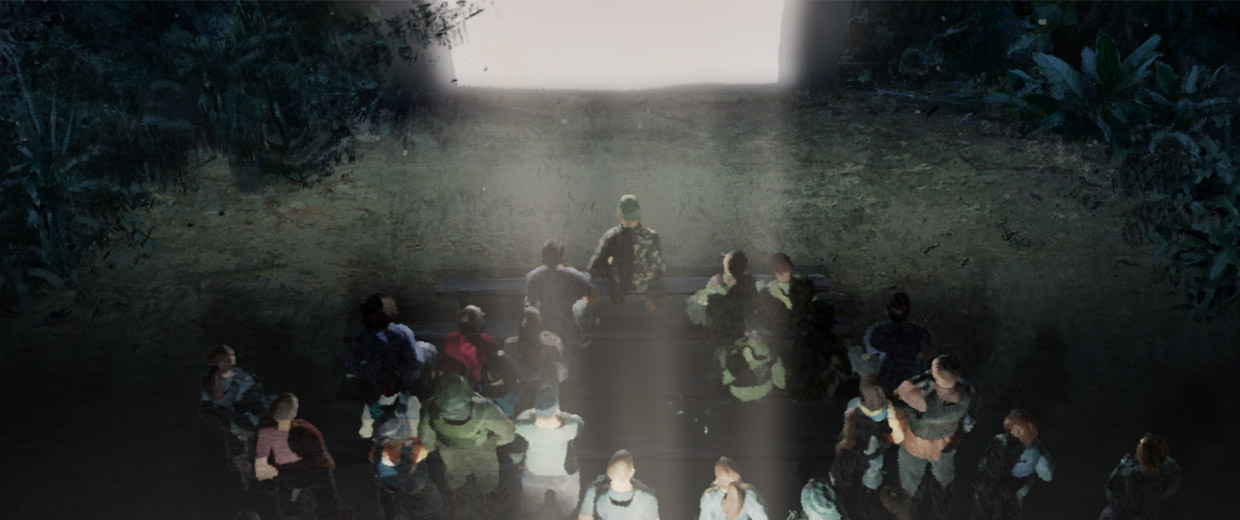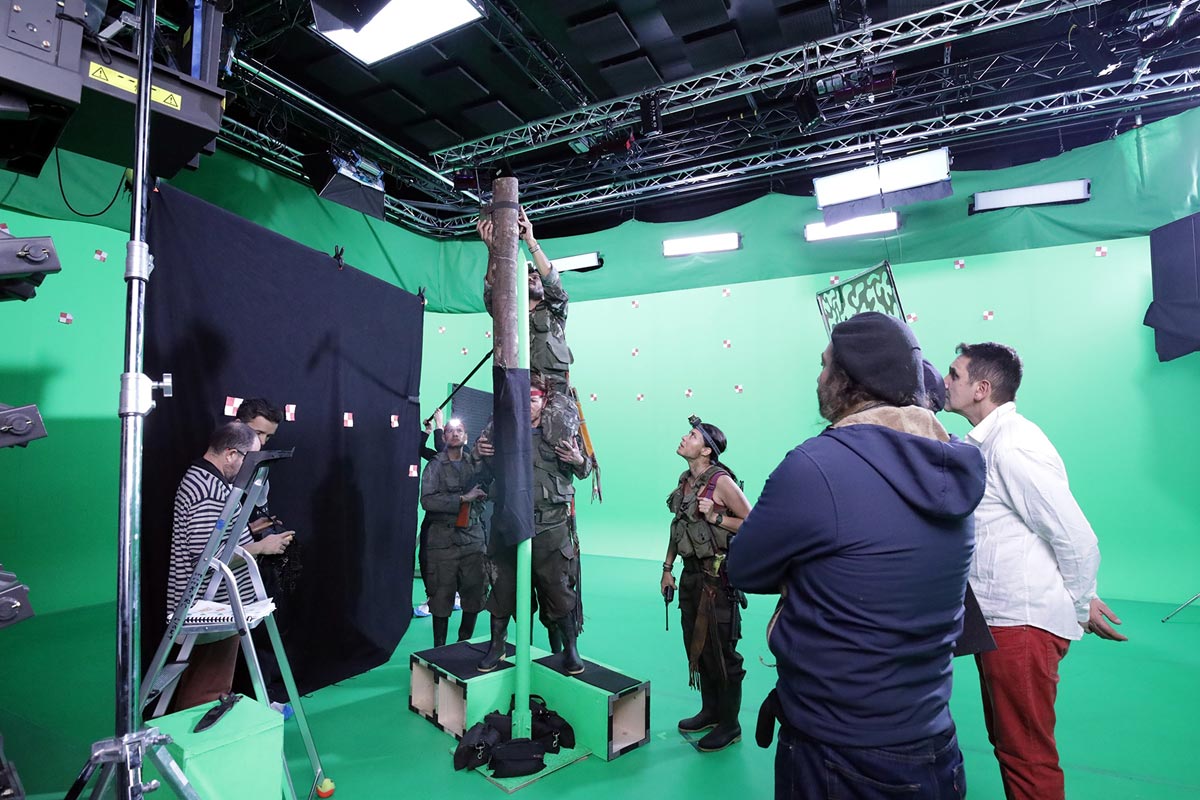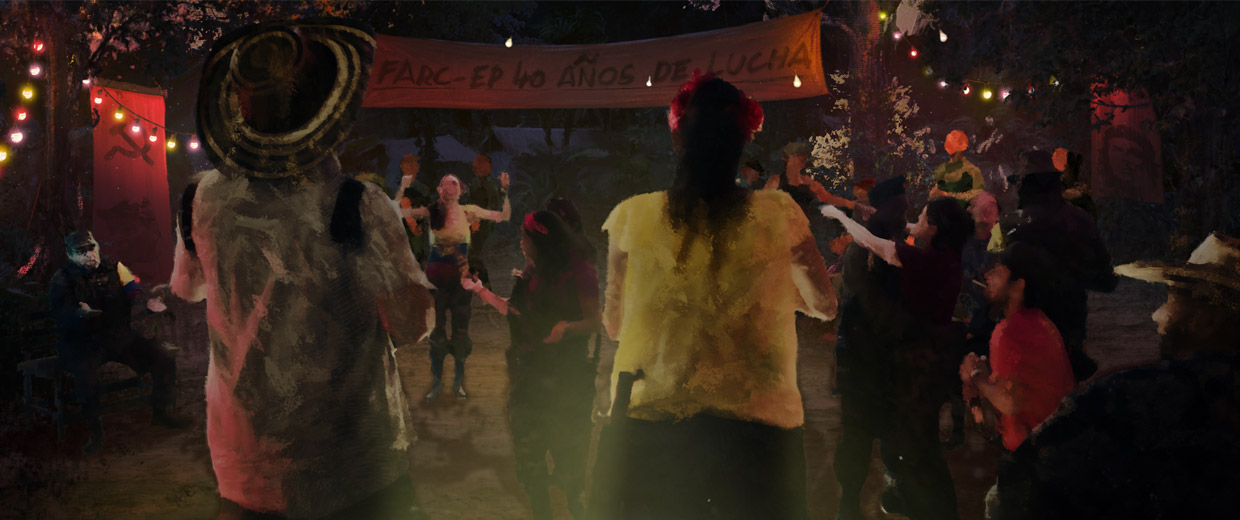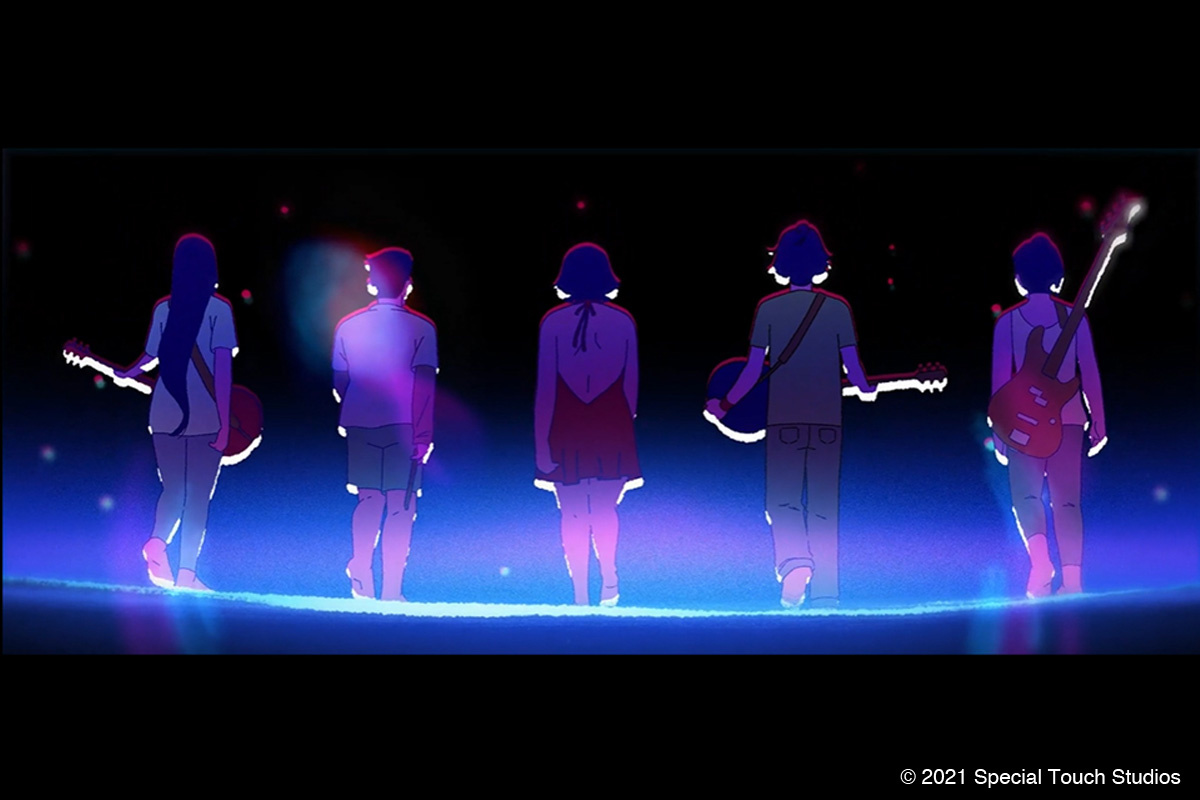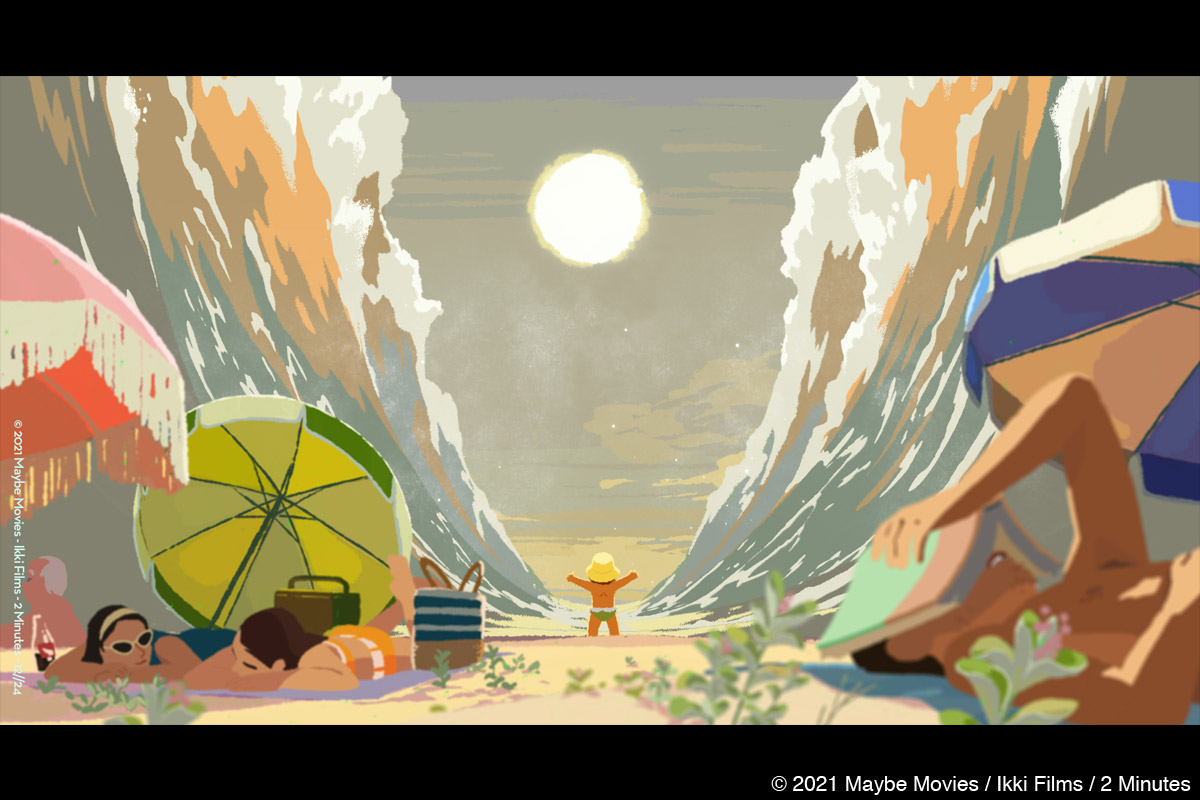RED JUNGLE
(Status: In production)

Synopsis
Saturday, March 1st 2008. Commander Raul Reyes, number 2 of the FARC, died in the jungle under the ton of bombs dropped by the CIA and the Colombian army. Along with his corpse, the soldiers retrieved his computers: ten years of emails written by the man in charge of negotiating the release of a hundred of hostages (including Ingrid Betancourt), who also acted as the head of foreign affairs of the oldest communist guerrilla in the world. An amazing testimony where we meet politicians, journalists, arms dealers, diplomats, hitmen, his close relations and even his kids. RED JUNGLE delves into the mindset of this man who ruled the FARC with an iron fist, as the revolutionary utopia was slowly sinking into nightmare.
RED JUNGLE
Directors: Juan José Lozano and Zoltan Horvath
Authors: Juan José Lozano and Antoine Germa
Producers: Marc Irmer (Dolce Vita Films, France) and Luc Peter (Intermezzo Films, Switzerland)
Co-Producers: Nicolas Burlet (Nadasdy Film, Switzerland) and Matthieu Liegeois (Tchack, France)
Target Audience: Young adults / adults
Technique: 2D digital, Painting, Live action
RED JUNGLE is a feature film project to animate a commander’s interpersonal drama and struggle between idealism and reality, who used violence and crime to realise his ideal world. That commander is Raul Reyes who is number-two of the FARC*, a guerrilla group with political motives that was based in the vast jungle of Colombia.
Juan José Lozano, the director and the author of this film, has been making several documentaries on modern Colombia. Here, the two directors Juan and Zoltan Horvath tell the story behind this film project.
*: “The Revolutionary Armed Forces of Colombia—People’s Army” (Spanish: “Fuerzas Armadas Revolucionarias de Colombia—Ejército del Pueblo”)
Interview with Juan José Lozano and Zoltan Horvath
Hideki Nagaishi (HN): Could you let us know the key points of your animated feature film project that you would like to appeal to the prospective audience?
Juan José Lozano: RED JUNGLE is a hybrid film that plays with the codes of fiction, documentary, live action and animation to capture the point of view of the leader of a powerful guerrilla group, who becomes radicalized and falls into the delusion of believing he is all-powerful. The film offers a new visual approach to take the viewer on a journey into the mind of a man incapable of distinguishing reality from his imagination. It is a personal interpretation of the failure of the armed resistance of the FARC guerrilla in Colombia. A guerrilla that in 50 years of a so-called people’s war has ended up betraying its revolutionary ideals. And the character of our film, the commander Raul Reyes, embodies its abuses and failures.
Zoltan Horvath: The jungle is portrayed in the film as a character in its own right. Its role is to represent the state of mind of Raul Reyes. Therefore, it “closes” on itself more and more throughout the different camps, grows sick and diseased and eventually becomes completely dreamlike, surreal, cut off from reality.
HN: How did the project start?
Juan José Lozano: At the beginning I wanted to make a documentary film to understand the length of this powerful guerrilla. A length of time that has given rise (it is important to mention) to a political regime responsible for thousands of deaths and disappearances. A regime more murderous, corrupt and dehumanizing than any military dictatorship in Latin America in the last 50 years.
During my research I came across some of the electronic communication contained in the computers of Commander Raul at the time of his death. And it was while studying in detail the thousands of pages of this correspondence that we realized that we had not only an important historical testimony, but also story material to make a film. We reoriented the project with our producers and began to approach it from a fictional point of view.
HN: Why have you decided on creating an animated film of Raul Reyes with a narrative structure, instead of making a documentary? What was your objective?
Juan José Lozano: Raul’s electronic correspondence gave us the opportunity to enter into his intimacy. To see the different facets of the man he was: the war leader, the seasoned diplomat, the dogmatic bureaucrat, the loving grandfather to his family. His diary was the gateway to understanding the failure of his guerrilla warfare and an important chapter in the history of Colombia and Latin America, but also to delve into the human soul, into the human condition with all its contradictions and sorrows.
The challenge of our film is to bring the viewer into the head of this radical, misguided, proud man, who was afraid but incapable of admitting it, who saw life in black and white, who lived in the dogma of his absolute truth. in other words, to step into his head and take this journey towards perdition with him.
Zoltan Horvath: It became clear to us that animation was the ideal medium to illustrate this story because it allows, for a relatively modest budget, to show and confront the wildness of the jungle, the grim reality of camp life and the lyrical flights of Raul’s dreams. It also allows to create a unique universe, halfway between reality and imagination, which suits particularly well the subject of the film.
We opted for a rather realistic style, since it would be difficult to talk about guerrilla warfare with a cartoon style, but it had to be in the image of the jungle: colourful but “slimy”.
HN: What kind of message or thinking opportunities would you like to give to the global audience through this film?
Juan José Lozano: We are not really looking to make a specific statement. What we are looking for, however, is to bring the audience into a different, new visual space, to share with them a story that has allowed us, as filmmakers, to explore hidden corners of the human condition.
Zoltan Horvath: Also, we would be thrilled if this story could restore some complexity to this historical and human issue.
HN: We would like to know your writing process on the whole story of the film, which delves into the struggles of Raul Reyes’ mind, including your research on him and how you chose to interpret his personality and behavioural principles.
Juan José Lozano: I was trained as a documentary filmmaker. So, the main obstacle was to break my own rules and beliefs about the act of filming reality and to use instruments such as the script (very much despised in the documentary world) to better define the film that I wanted to make. All the writing process, which I carried out with the scriptwriter Antoine Germa, and the preparation of the animation was a permanent back and forth between the worlds of reality and fiction. And to achieve this juggling between the two universes, it was necessary to know the real world of the FARC’s life in order to then be able compose with it while following the logic of the fictional characters who evolve in the very real framework of the historical events.
We met with the people who were in constant communication with Commander Raul: his collaborators in the guerrilla, journalists who interacted with him, diplomats in Colombia and abroad who negotiated with him. We also did a lot of research and visual documentation to feed the creation and reinterpretation of that reality, as much with the creation of the sets as with the development of the narrative journey and the graphic design of each character.


